Oaxacan Mole: The Spice-Lover's Dream Come True
If you're into Global Spice Traditions, chances are you've heard of mole. But not just any mole—this article is all about Oaxacan mole, the rich, complex sauce that hails from the southern Mexican state of Oaxaca. It’s like a symphony of spices, chocolate, nuts, and chiles, all dancing together in harmony. Let’s dive into what makes this sauce so special, why it’s worth your time, and how you can bring a little bit of Oaxaca into your kitchen.
Table of Contents
- What Is Oaxacan Mole?
- The Spice Blend Behind Its Magic
- Types of Oaxacan Mole
- Pro Tips for Making Mole at Home
- Pairing Ideas & Serving Suggestions
- Why Oaxacan Mole Matters Culturally
- Visual Guide to Mole Varieties
What Is Oaxacan Mole?
Forget everything you know about sauce. Oaxacan mole isn't just something you drizzle on food—it’s a culinary experience. At its core, Oaxacan mole (pronounced MOH-lay) is a thick, rich sauce made from a blend of dried chiles, spices, nuts, seeds, and often chocolate or fruits. There are several varieties, but the most famous is mole negro, known for its deep, almost black color and intense flavor profile.
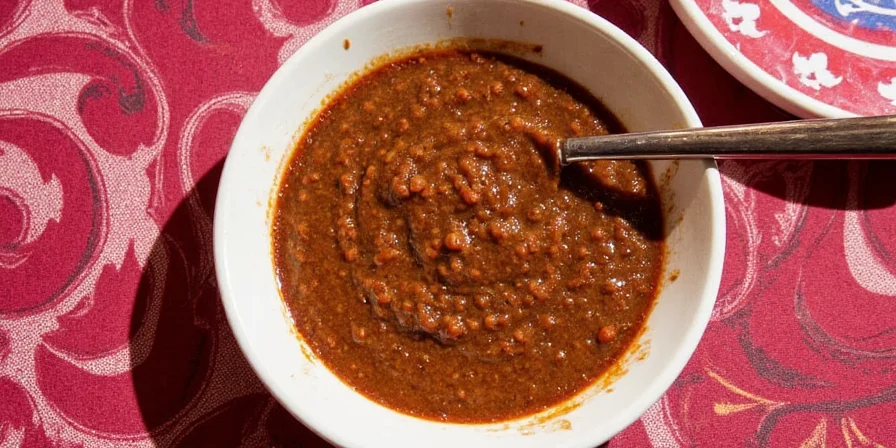
It’s typically served over chicken or turkey and accompanied by warm tortillas or rice. Mole isn’t a quick dish—it requires patience, care, and a good understanding of spice balance. That said, once you get the hang of it, it becomes one of those magical recipes you’ll make again and again.
The Spice Blend Behind Its Magic
Let’s talk about the heart of mole: the spices. While every family recipe has its own twist, traditional Oaxacan mole uses a carefully curated blend of ingredients that create layers of flavor. Here's a breakdown of the typical components:
| Spice/Ingredient | Flavor Profile | Role in Mole |
|---|---|---|
| Ancho Chili | Sweet, fruity, mild heat | Base flavor foundation |
| Pasilla Chili | Earthy, smoky, raisin-like sweetness | Adds depth and complexity |
| Mulato Chili | Chocolatey undertones, dark fruit flavors | Enhances richness |
| Cinnamon | Warm, sweet, aromatic | Provides warmth and spice backbone |
| Cloves | Strong, sweet, medicinal | Used sparingly to deepen flavor |
| Allspice | Peppery, nutty, clove-like | Adds exotic spice notes |
| Garlic | Pungent, savory, umami-rich | Balances sweet/spicy elements |
| Almonds | Nutty, buttery | Thickens and adds body |
| Tomatoes | Acidic, fruity | Brightens up the sauce |
| Chocolate | Bitter-sweet, creamy | Ties everything together |
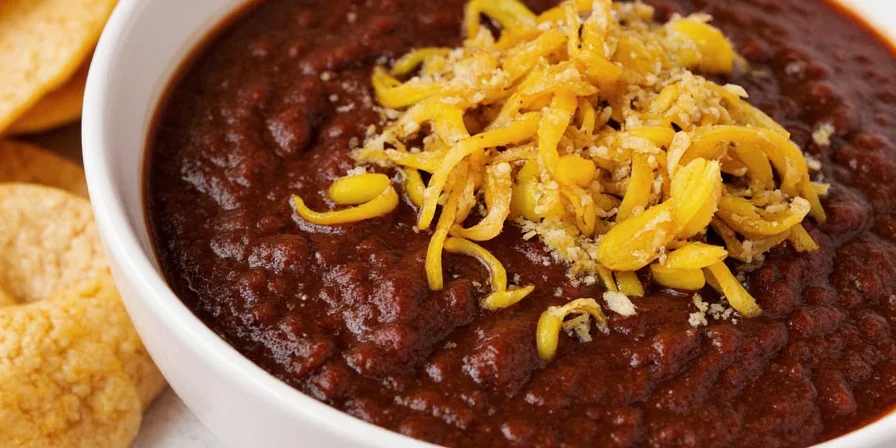
This spice trio (Ancho, Pasilla, Mulato) is often referred to as the “holy trinity” of mole making. Their combined flavor creates a rich, layered taste that no single chili could achieve alone.
Types of Oaxacan Mole
One of the beautiful things about Oaxacan mole is its variety. Each type tells a different flavor story. Here’s a quick guide:
- Mole Negro: The darkest and richest, with a hint of smoke and bitter chocolate.
- Mole Rojo: Slightly spicier and more tomato-forward than mole negro.
- Mole Verde: Bright green, herbaceous, and lighter—uses tomatillos and green chilies.
- Mole Amarillo: Yellow mole with a gentle heat and floral notes.
- Mole Chichilo: Similar to mole negro, often used for meats like beef or goat.
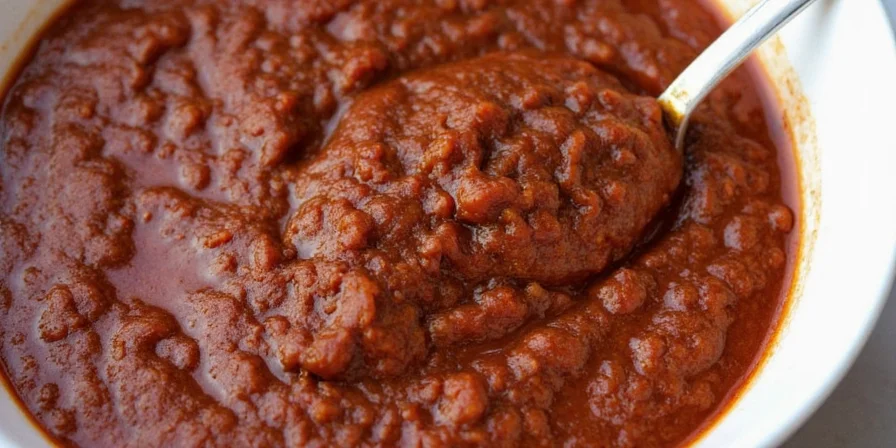
The differences may seem subtle, but each variety shines in different dishes and occasions. For example, mole verde pairs beautifully with fish, while mole negro is best reserved for celebratory feasts.
Pro Tips for Making Mole at Home
Making mole can feel intimidating at first, but with these pro tips, you’ll be whipping it up like a local in no time:
- Roast Your Ingredients: Toast your chiles, nuts, and spices before grinding. This unlocks deeper flavors and aromas.
- Dry Before Wet: Always roast dry ingredients first before adding any liquids. Otherwise, you risk steaming instead of toasting.
- Don’t Skip the Fry: After blending your ingredients into a paste, fry it gently in oil to develop even more flavor.
- Baby It Like a Boss: Mole needs time. Simmer it slowly, stirring occasionally, and adjust seasonings as you go.
- Balance Sweet and Heat: If it’s too spicy, add a bit more chocolate or sugar. Too sweet? Add vinegar or lime juice.
- Make Ahead: Mole tastes better the next day. Make a big batch and freeze portions for future meals!
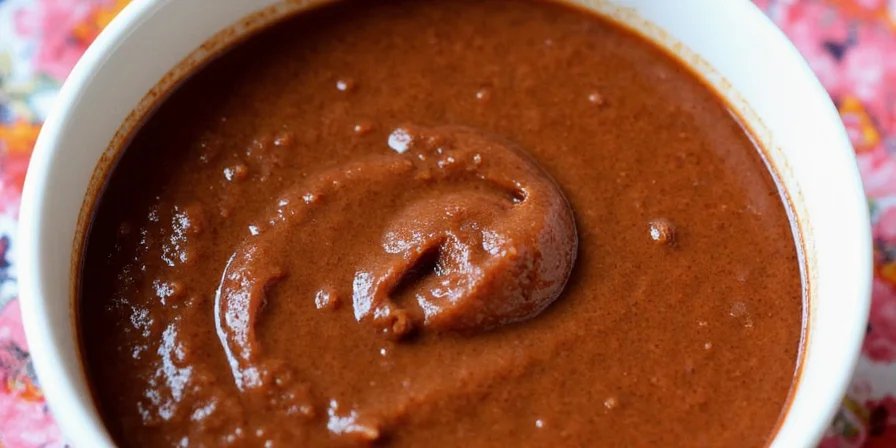
Pairing Ideas & Serving Suggestions
Traditionally, mole is served over turkey during celebrations like Día de los Muertos or weddings. But there’s no reason you can’t enjoy it any day of the week! Here are some modern pairing ideas:
- Classic Style: Serve over shredded chicken with white rice and warm corn tortillas.
- Mole Tacos: Spoon over grilled chicken or pulled pork in soft tacos.
- Mole Empanadas: Use it as a filling for baked or fried empanadas.
- Breakfast Boost: Try a drizzle over scrambled eggs or huevos rancheros.
- Cheesy Fusion: Stir into macaroni and cheese for a bold twist.
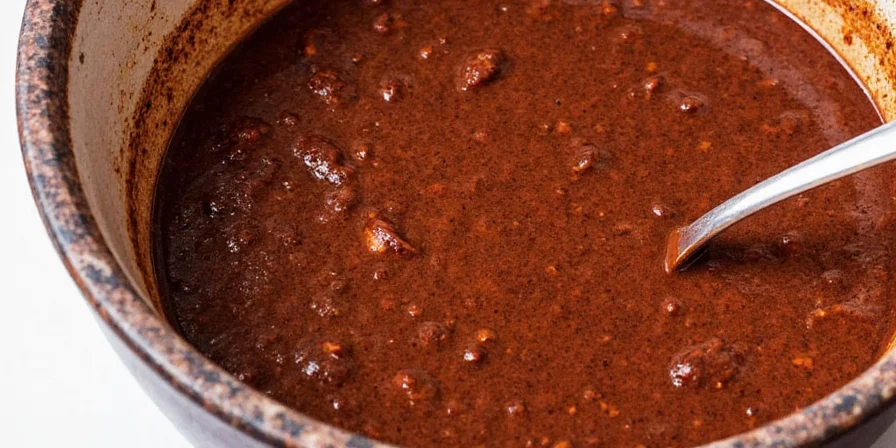
Why Oaxacan Mole Matters Culturally
Oaxacan mole isn’t just food—it’s heritage. It represents centuries of indigenous cooking techniques mixed with colonial influences. Originally made by Zapotec communities, mole evolved when Spanish colonizers introduced new ingredients like almonds, cinnamon, and chocolate.
Today, mole remains a symbol of celebration, community, and identity in Oaxaca. It’s often prepared communally, passed down through generations, and enjoyed during festivals, weddings, and religious holidays. UNESCO even recognized traditional Mexican cuisine, including mole, as an Intangible Cultural Heritage of Humanity.
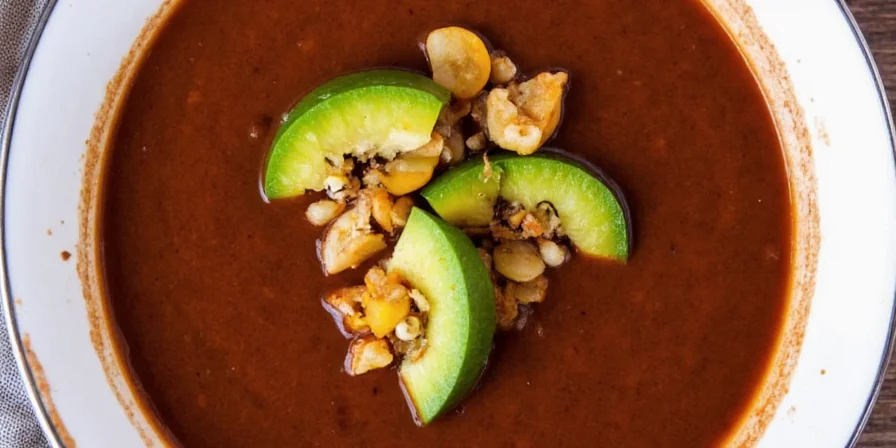
Visual Guide to Mole Varieties
Still confused about which mole to try? Here’s a handy visual cheat sheet to help you decide based on color, texture, and flavor:
| Type | Color | Texture | Flavor Notes | Best For |
|---|---|---|---|---|
| Mole Negro | Nearly black | Thick, velvety | Smoky, chocolatey, slightly bitter | Feast days, turkey, ceremonial dishes |
| Mole Rojo | Deep red | Medium-thick | Spicy, tomato-based, herbal | Everyday meals, chicken, beans |
| Mole Verde | Emerald green | Lighter, tangy | Fresh herbs, tomatillo, citrusy | Seafood, spring dishes, light fare |
| Mole Amarillo | Golden yellow | Smooth | Mild, floral, slightly spicy | Fish, tamales, vegetarian dishes |
| Mole Chichilo | Dark brown | Thicker than rojo | Meaty, robust, earthy | Beef, goat, hearty stews |
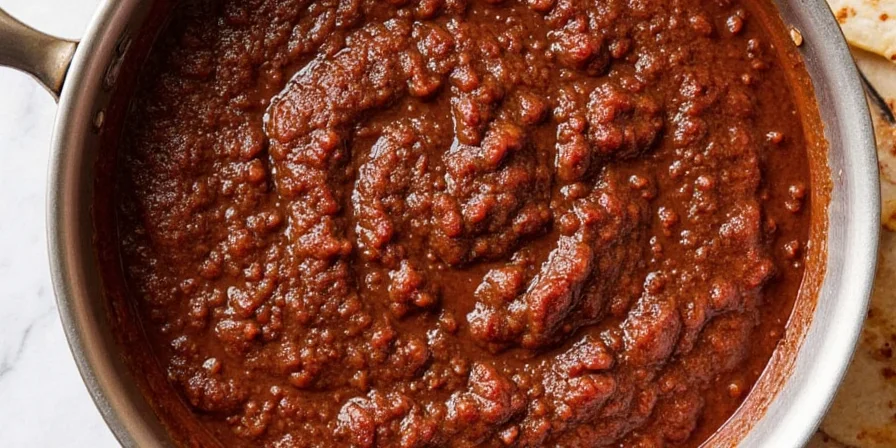
Conclusion
Whether you're a seasoned chef or a home cook looking to explore Global Spice Traditions, Oaxacan mole deserves a spot in your kitchen. It’s a labor of love, yes—but the reward is a sauce that tells a centuries-old story with every bite. From selecting the right chiles to mastering the spice balance, mole offers endless opportunities to play with flavor.
So grab your blender, stock up on spices, and let your kitchen smell like a street market in Oaxaca. Because life is too short for boring food—and mole is anything but boring.
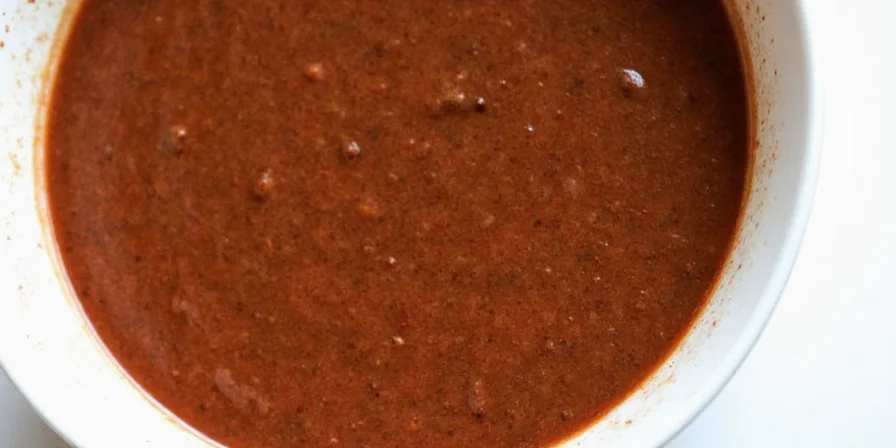

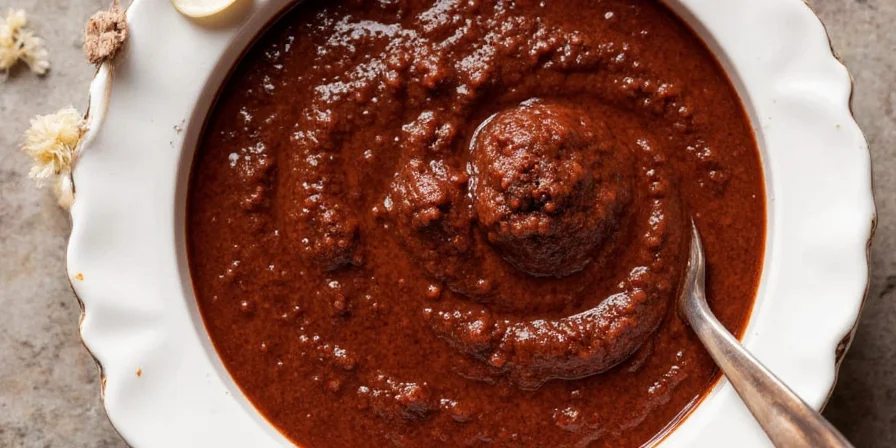









 浙公网安备
33010002000092号
浙公网安备
33010002000092号 浙B2-20120091-4
浙B2-20120091-4